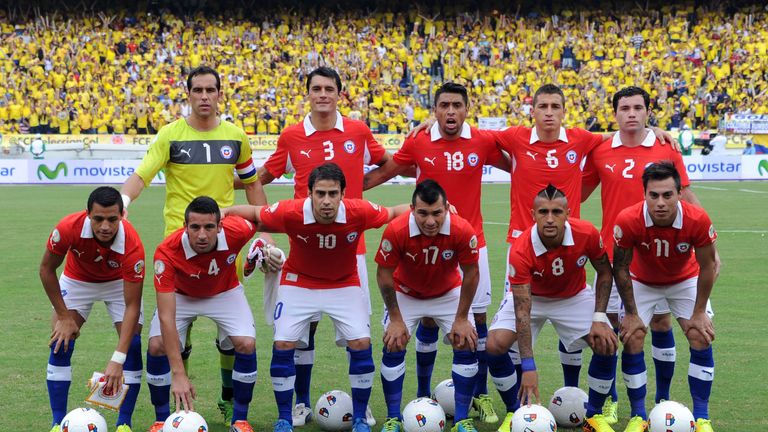Penumpang dan anak kapal MH370 yang masih dicari kemungkinan meninggal dunia sebelum pesawat yang terbang menggunakan autopilot berakhir di lautan, kata laporan terbaru daripada pihak berkuasa Australia.
Mengikut laporan 55 muka Lembaga Biro Keselamatan Australia (ATSB), penyiasat memperoleh keputusan berkenaan selepas melakukan perbandingan keadaan dalam pesawat dengan beberapa nahas sebelumnya, walaupun tiada bukti baru.
Laporan itu menjuruskan tumpuan terhadap kemungkinan lokasi berakhirnya penerbangan pesawat berkenaan yang berdasarkan beberapa kemungkinan, termasuk mengambil kira tiada komunikasi.
Laluan penerbangan yang dilihat kekal dan beberapa faktor luar biasa turut diambil kira dalam merumuskan penemuan berkenaan.
“Tiada tindak balas daripada anak kapal atau hhypoxia event' diandaikan bukti terbaik sehingga membawa kepada rumusan berkenaan,” mengikut kata laporan ATSB.
Semua penemuan itu kemudiannya menjurus kepada rumusan kemungkinan besar penerbangan pesawat berkenaan berakhir lebih jauh ke selatan Lautan Hindi berbanding andaian sebelum ini.
Pihak berkuasa Australia turut memberitahu, semua faktor itu membuatkan pencarian pesawat berkenaan dipindahkan ke kawasan jauh ke selatan berbanding sebelum ini.
Keputusan itu muncul selepas lebih 100 hari pesawat Malaysia Airlines (MAS) B777, yang membawa 239 penumpang dan anak kapal hilang dalam penerbangan dari Kuala Lumpur ke Beijing, pada 8 Mac lalu. - Reuters

MH370 passengers likely suffocated, says Australia...
In a 55-page report, the Australian Transport Safety Board (ATSB) outlined how investigators had arrived at this conclusion after comparing the conditions on the flight with previous disasters, although it contained no new evidence from within the jetliner.
key abnormalities in the course of the ill-fated flight.
“Given these observations, the final stages of the unresponsive crew/hypoxia event type appeared to best fit the available evidence for the final period of MH370's flight when it was heading in a generally southerly direction,” the ATSB report said.
All of that suggested that the plane most likely crashed farther south into the Indian Ocean than previously thought, Australian officials also said, leading them to announce a shift farther south within the prior search area.
Investigators say what little evidence they have to work with suggests the plane was deliberately diverted thousands of kilometres from its scheduled route before eventually plunging into the Indian Ocean.
The search was narrowed in April after a series of acoustic pings thought to be from the plane’s black box recorders were heard along a final arc where analysis of satellite data put its last location.
“The new priority area is still focused on the seventh arc, where the aircraft last communicated with satellite. We are now shifting our attention to an area further south along the arc,” Australian Deputy Prime Minister Warren Truss told reporters in Canberra.
Truss said the area was determined after a review of satellite data, early radar information and aircraft performance limits after the plane diverted across the Malaysian peninsula and headed south into one of the remotest areas of the planet.
“It is highly, highly likely that the aircraft was on autopilot otherwise it could not have followed the orderly path that has been identified through the satellite sightings,” Truss said.
Next phase set to start in August
The next phase of the search is expected to start in August and take a year, covering some 60,000 sq km at a cost of A$60 million ($56 million) or more. The search is already the most expensive in aviation history.
The new priority search area is around 2,000km west of Perth, a stretch of isolated ocean frequently lashed by storm force winds and massive swells.
Two vessels, one Chinese and one from Dutch engineering company Fugro, are currently mapping the sea floor along the arc, where depths exceed 5,000 metres in parts.
A tender to find a commercial operator to conduct the sea floor search closes on Monday.- Reuters

Apa nak heran, penyamun pun boleh jadi Menteri asalkan pandai angkat teloq...

Team Brazil yang terkini...
VS

Chile
Jam 12.00 pagi 29/6/2014
Jam 12.00 pagi 29/6/2014
cheers.
No comments:
Post a Comment